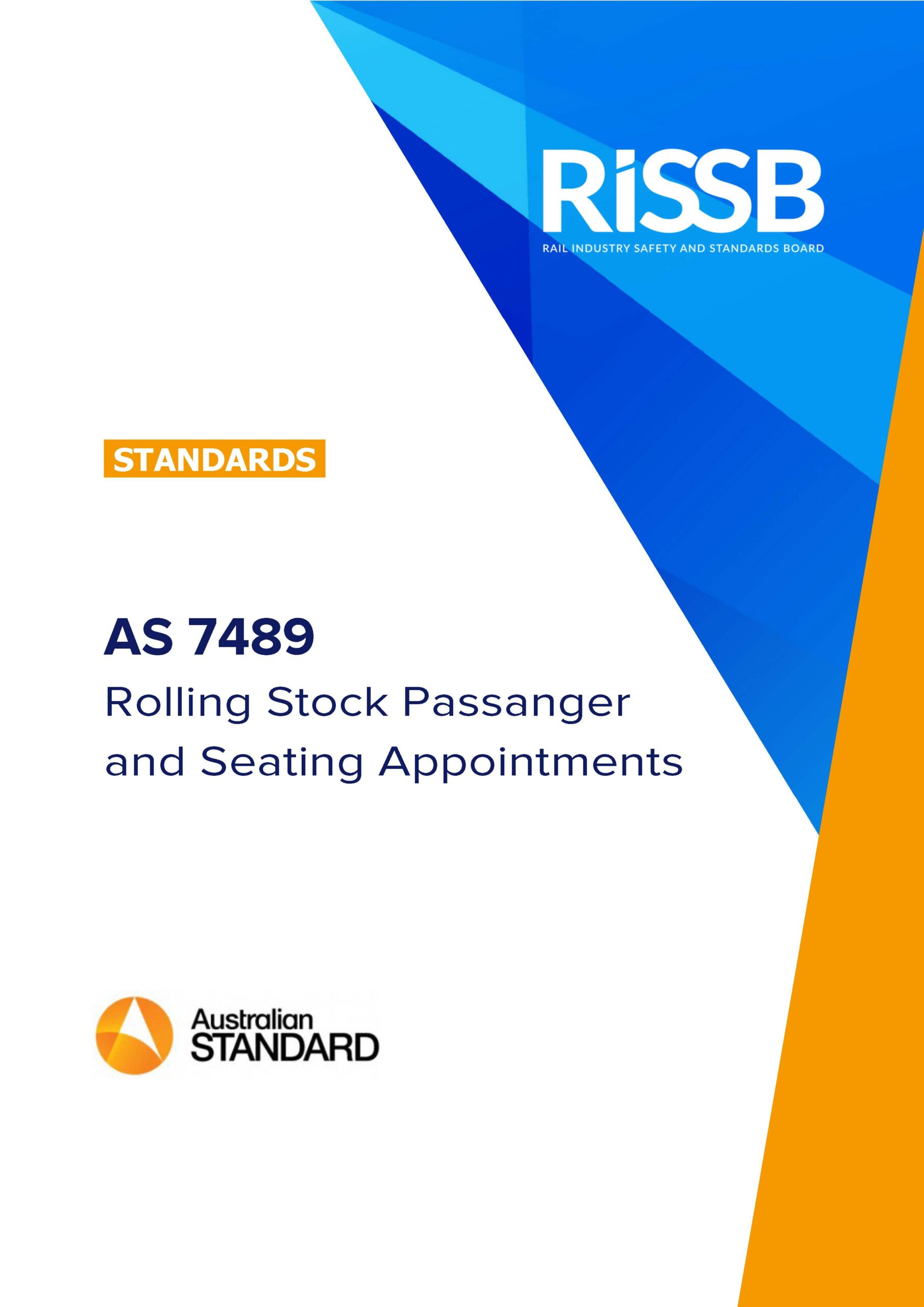The objective of this Standard is to provide best practice and performance-based outcomes in the design, manufacture and maintenance of rolling stock passenger seating, fittings and fixtures.
Frequently asked questions
The objective of this Standard is to provide best practice and performance-based outcomes in the design, manufacture and maintenance of rolling stock passenger seating, fittings and fixtures.
AS 7489 is a new Standard for the ANZ rail industry that derives requirements using a human factors approach.
It specifies anthropometric data and requires user testing to be undertaken as an integral part of the design process. This includes people with disabilities, the elderly and children.
Dimensional requirements (e.g., seat width, height, depth spacing and backrest angles) are defined against this person size data to enable a more comfortable experience for passengers whilst meeting other requirements for strength, maintainability and safety.
AS 7489 has been created as part of the NTC National Rail Action Plan.
The aim of AS 7489 is to provide best practice and performance-based outcomes in the design, manufacture and maintenance of rolling stock passenger seating and appointments.
The application of this standard should lead to efficiencies in the design process and cost savings in manufacture.
Historically in the ANZ rail industry, railway operators worked with suppliers and rolling stock manufacturers to specify requirements for passenger seating and appointments. Most of these requirements are evolutions from numerous rolling stock builds over many years.
However, this has led to a non-standard outcome as each railway has developed their own requirements over time. Additionally, the configuration of passenger seating has at times been driven by the quantity of seats required per carriage, rather than applying a human factors approach using current Australian person size data.
AS 7489 fills a gap for both rolling stock operators and suppliers to not only provide a more comfortable passenger experience but standardizing for safety and interoperability.
The product enhances accessibility and reduces bodily impacts, including back pain and musculoskeletal injuries. It helps prevent trip and cut injuries to passengers while addressing concerns like vandalism, ensuring a safer and more comfortable experience for all users.
To implement this Standard the following approach is recommended:
- Review AS 7489 against internal applicable standards (seat design standards, etc)
- Identify common areas and variances
- Where commonality exists, and using the organizations change management process, change requirements to reference AS 7489. For example, change a requirement for a part to ‘Design shall comply with AS 7489’.
- Where a variance occurs, assess whether AS 7489 provides a better safety, passenger experience and/or interoperability outcome. This assessment must be measured against the organizations risk profile and SFAIRP argument.
- If AS 7489 results in an improved safety, passenger experience and/or interoperability outcome then amend organizational standard to reference AS 7495 (in line with the organizations change management process)
If the organizations internal standards are assessed as providing better outcomes, AS 7489 can still be referenced, however a derogation or deviation statement to AS 7489 may be required within the organizations standards.
Receive Updates
Click the button below to register for product updates
Register Now



